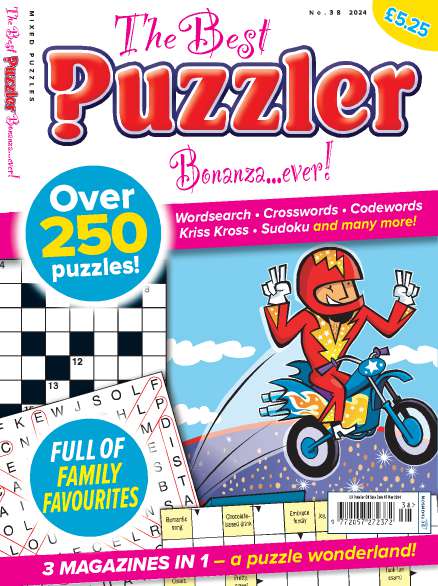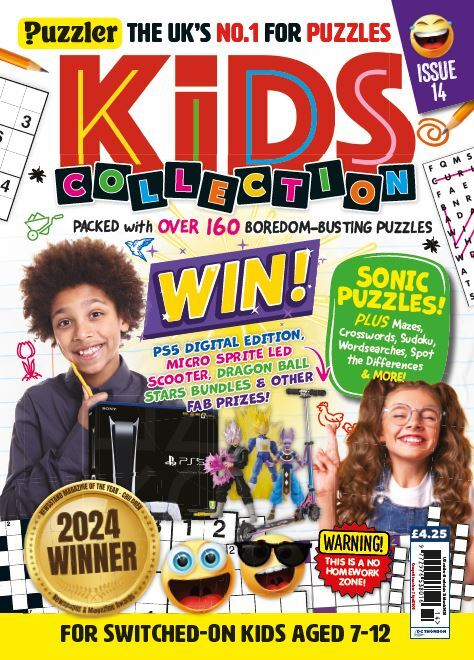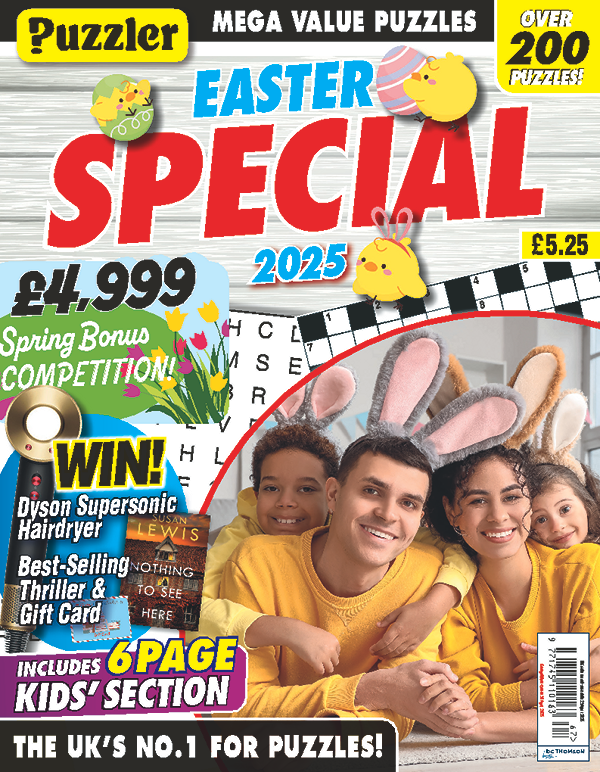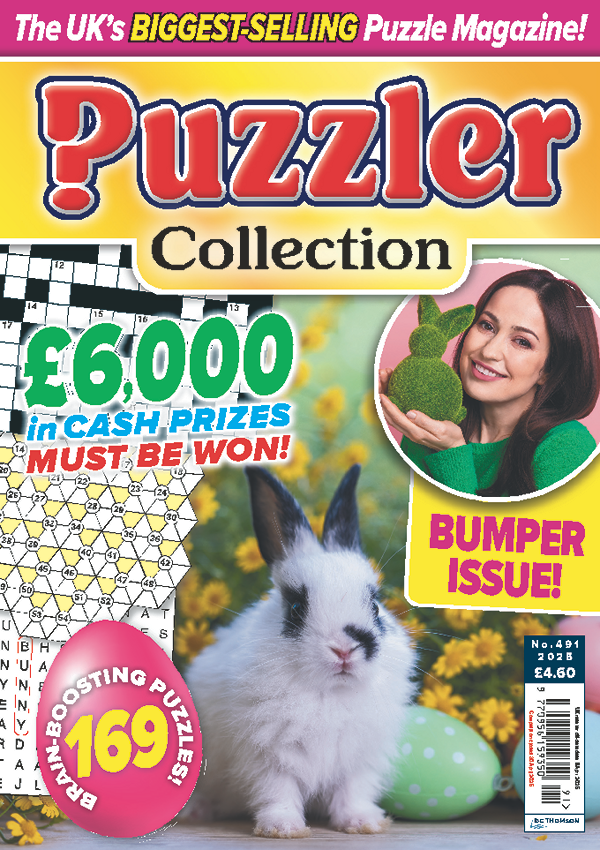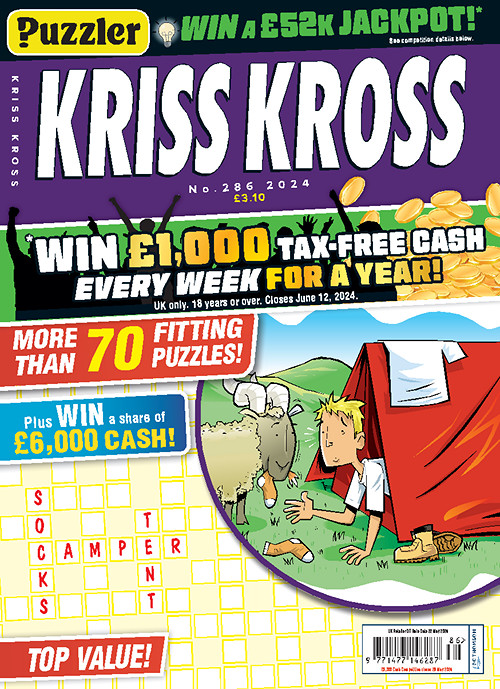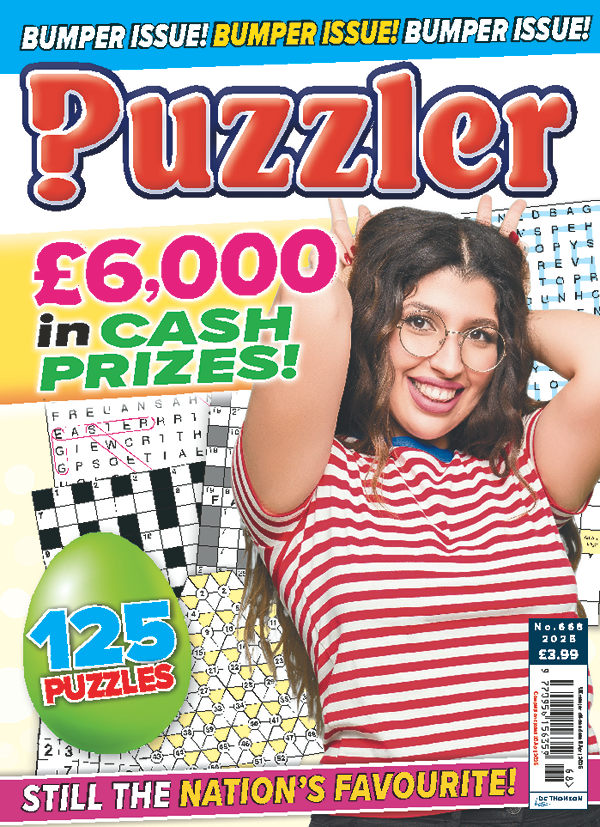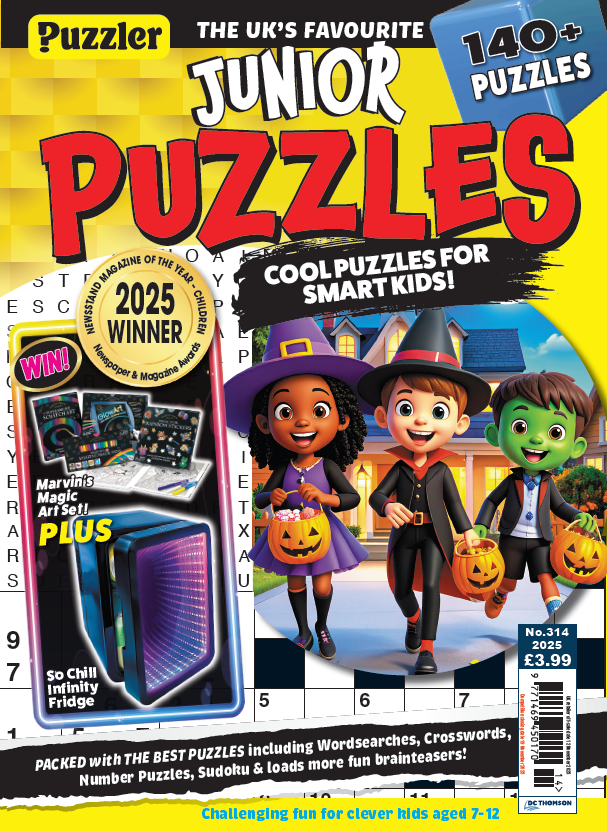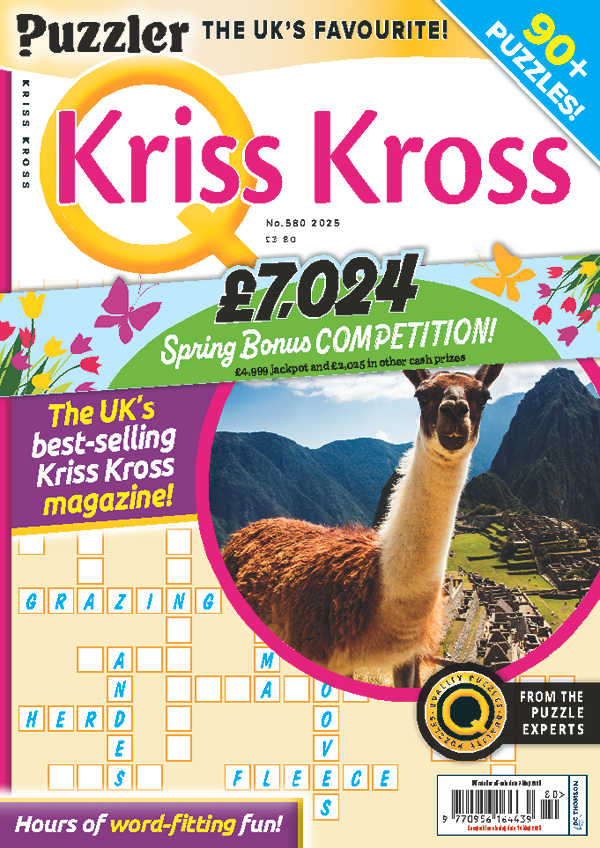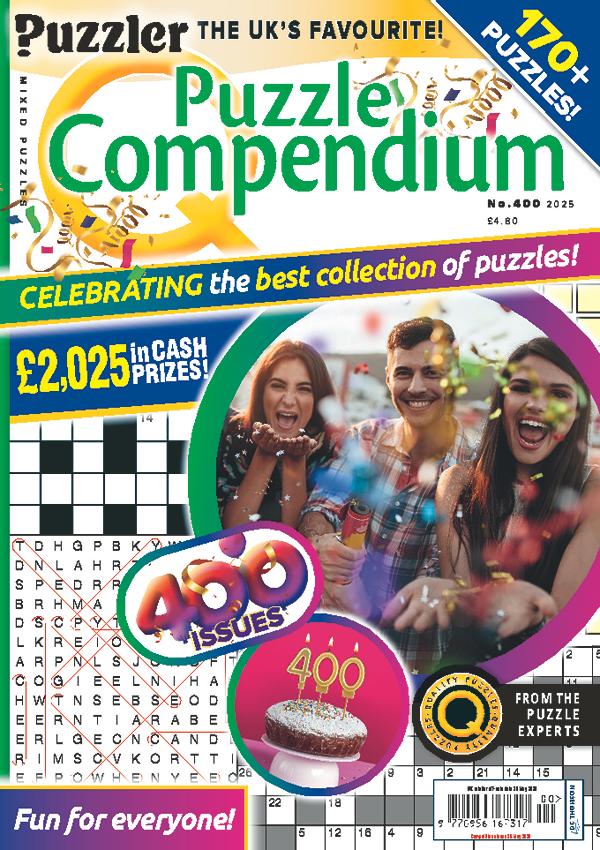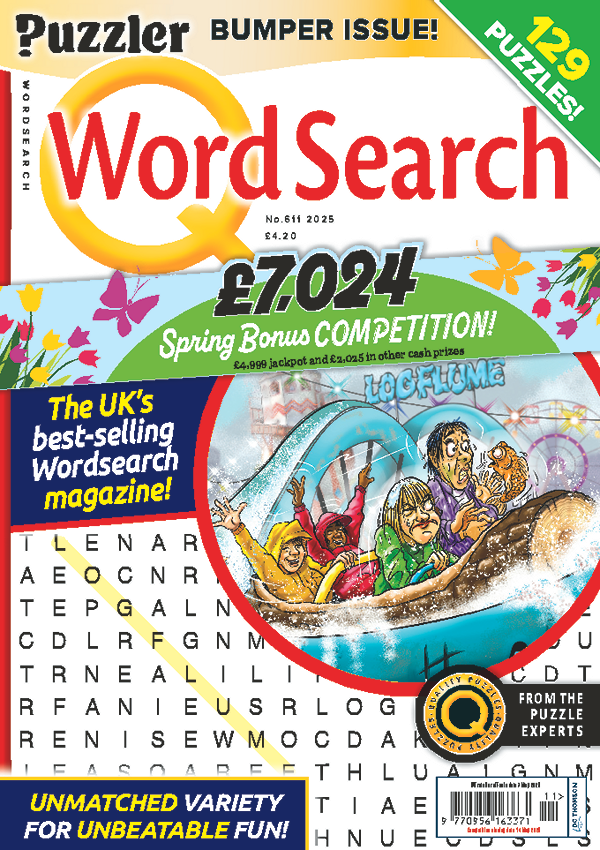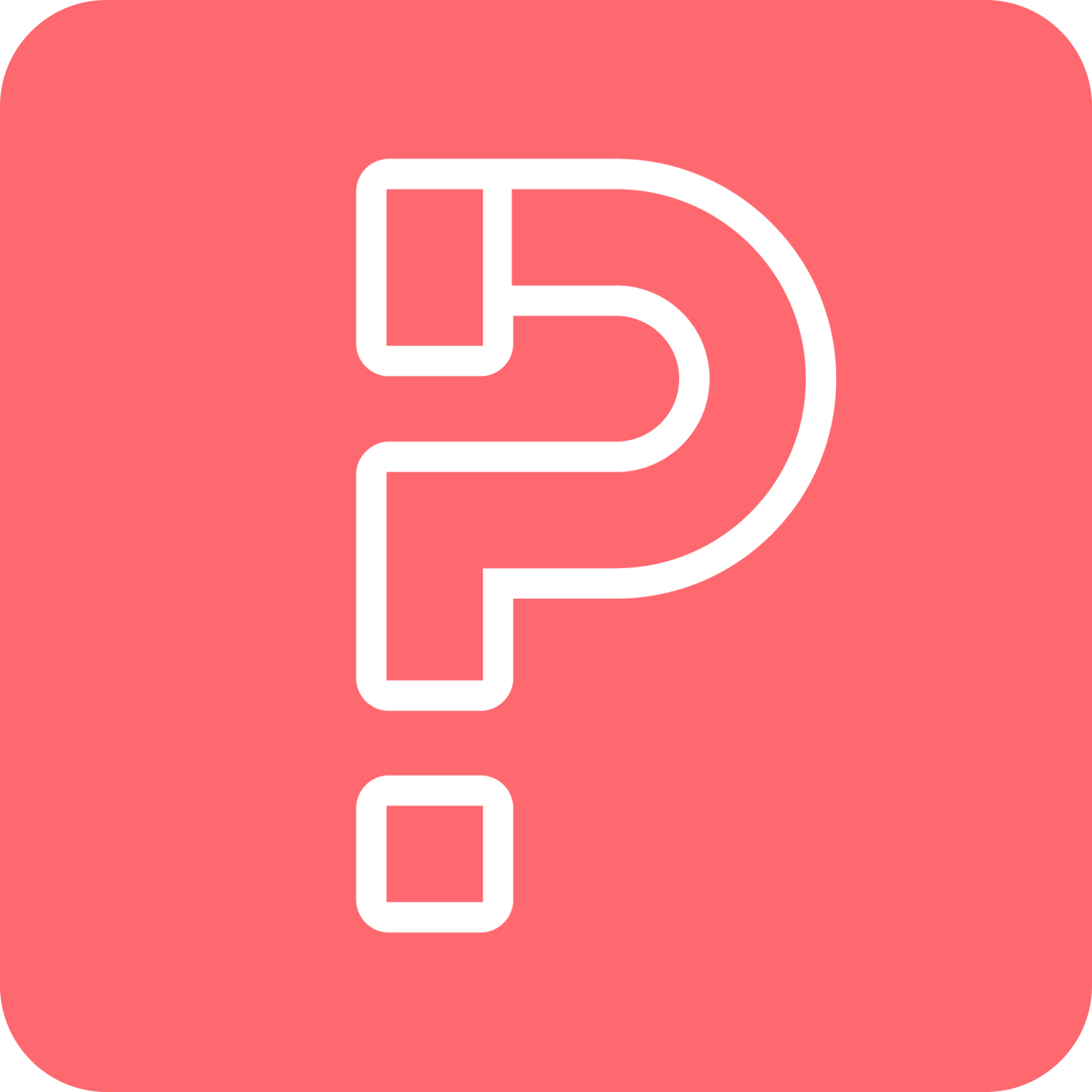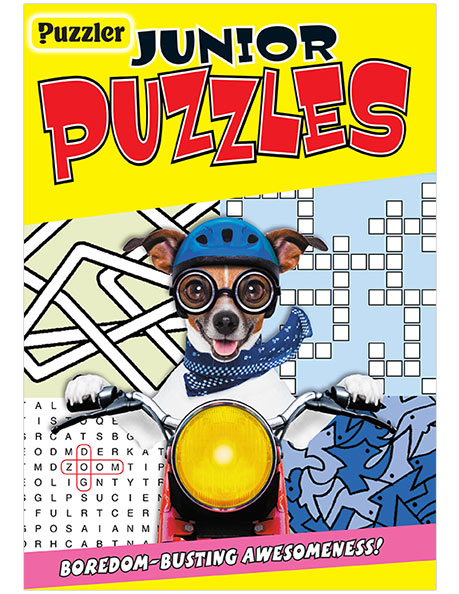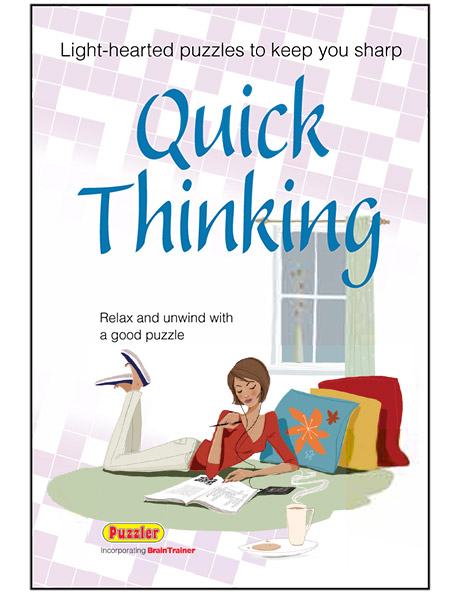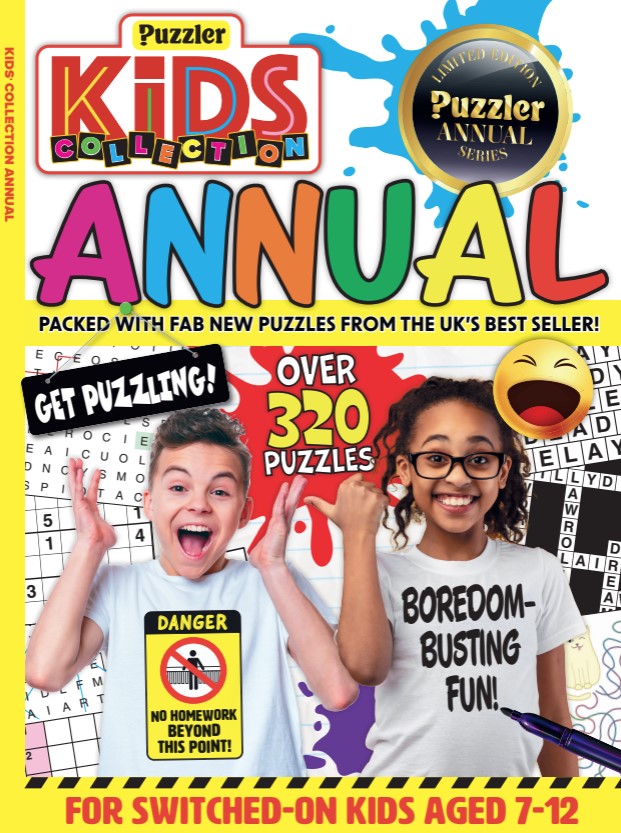Kriss Kross
Also Known As:
Criss-Cross, Grid Work, Jig-Word
Kriss kross is one of the most popular of all puzzle types. Like a wordsearch, this puzzle requires no background knowledge or clue-solving ability, and is popular as a language-learning tool for reinforcing spelling and building vocabulary. It differs from a wordsearch in that it can also be made difficult to solve, with readers having to think a number of steps ahead in the grid to determine whether a word belongs in a particular space.
It appeared in the very first issue of 'Puzzler', in November 1972, as jig-word (the name by which it is still known, in that title) and when the Q range was launched by BEAP in 1975, kriss kross was deemed sufficiently popular to merit its own specialist publication (named, rather prosaically, Kriss Kross). Years later, other publishers launched me-too titles, but the enduring popularity of the original magazine is a testament to the puzzle's qualities.
For a compiler, the start-point for a kriss kross is a themed list of words. This working list should be as long as possible, to provide the greatest quantity of options on lengths of words and a good variety of intersections. The challenge for the compiler is to design a grid that will accommodate the largest number of words from the working list.
A good kriss kross has a tightly interlocked grid. The grid will be irregular; in other words, there will not be a symmetrical pattern of blank squares. This less formal structure permits greater flexibility in positioning words. Compilers must take special care to ensure that there is only one way to place the listed words in the grid, as the open structure occasionally throws up unacceptable situations where two words intersect on the same letters and so are interchangeable; there must always be just one solution to a puzzle.
A kriss kross grid will almost certainly have a looser structure than a crossword. For this reason, blank areas of the grid are not filled with black cells, as in a crossword – the amount of black that is required would make the grid too heavy. As the final grid is composed only of letter cells, with no black cells, this can lead to another problem. Imagine part of the grid is made up of eight cells in a square around an empty central space. The central space will also look like a cell, unless care is taken with the design of the cells. This is why a shadow is often applied to grid cells, to differentiate them from blank spaces.
The best way to approach a kriss kross is to try to place those words with the least number of options, first; in other words, look for the letter lengths that contain the shortest lists of words. In a kriss kross, happily, these often prove to be the longer words.
In some puzzles in recent times, a small number has been placed at the start of each item in the grid to indicate the letter-length required to fill it. For the solver, this is a real time-saver.
Instructions
There is only one possible way to place all the listed words in the grid. Can you manage it?
Related Puzzles
4-Square Alphabetical Jigsaw Cube It Fitword Kross-Filler TrilemmaFeatured In
Related Products

